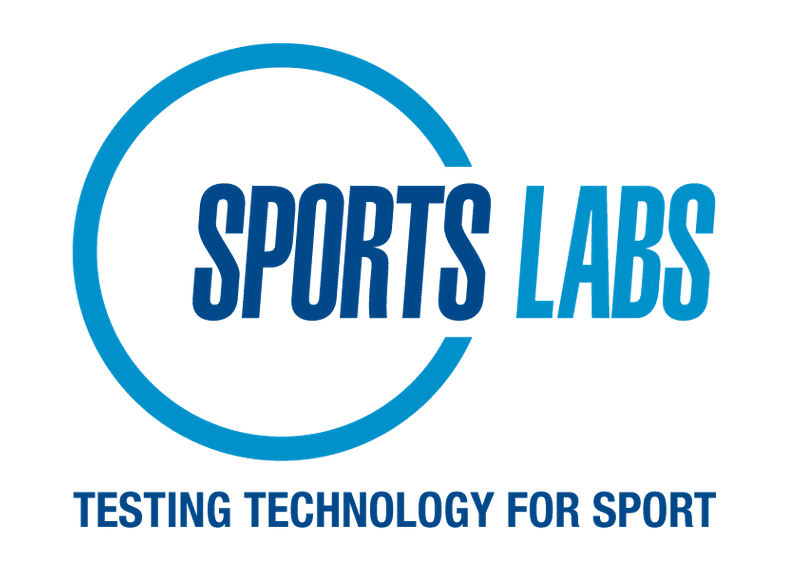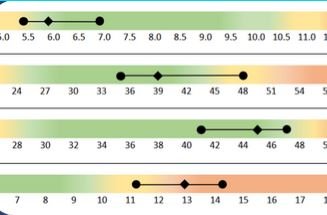Condition Assessment: Evidence to determine the remaining life of a field.
By providing data on the safety and play-ability characteristics of the field, along with a full visual defect assessment, this comprehensive report will deliver the evidence needed to make informed decisions on how to proceed with an aging field.
Player safety is paramount and our series of tests during our inspection give a comprehensive assessment.
Results are scored on a Red, Green, Amber scale, with Green indicating positive results, no action needed. Amber to indicate areas requiring attention, and Red to label issues requiring immediate attention. A score is given for safety, both measurable and observational characteristics. In addition, a score is given for overall visual condition. The purpose of this system is to deliver a comprehensive report that includes results graded by safety first, and secondly overall condition. This provides two metrics represented by an easy to interpret grading system by which further action decisions can be made.
We will make a recommendation, replacement or remedial maitenance action.
Get the most our of your pitch.
Evaluate Risk of injury & Playability
We Utilize the Gmax, HIC, Advanced Artificial Athlete and Traction devices to measure impact safety and underfoot stability of the surface. Ball interaction characteristics are measured to assess the playability relating to sport.
Data represented visually
You don't need to be an expert to understand the data, especially with how easy we've made it to read and comprehend the results at a glance. Green indicates a good result, Yellow to show concern, and Red to signal a heightened risk of injury or poor performance.
Visual Defects Documented
Numbers don't always tell the whole story, so we document and map visual issues which may include Fiber Condition, Seam Splitting, Rips & Tears, Infill Displacement, Surface Evenness, Detached In-Lays, High Usage Wear, Failing Repairs etc.
Example Discussion
Force Reduction: Results demonstrate that the surface is too firm underfoot. While the surface is stable, it has reached a level of firmness which may result in repeated impact related injuries to lower extremities.
Vertical Deformation: The surface is shown to offer suitable support under foot, however it is nearing a point of concern where the field may soon fail to provide enough elasticity, or “give” in response to player interaction.
Energy Restitution: Force returned to the body, which is a measure of the amount of effort required by the athlete to push off the surface is within standard limits.
Rotational Resistance: Results demonstrate that the surface is effective allowing users to maintain controlled contact with the field during running, cutting and intense activity.
Ball Roll: Results demonstrate that the surface no longer provides ideal ball interaction conditions where the distance a ball will roll is out of the recommended range. This is also an indication of fiber condition, where layed-over fibers are no longer capable of functioning for their intended purpose as simulated grass.
HIC: Critical Fall Height was calculated to be well below the industry recommended standard of 1.3 meters. This indicates a higher risk for critical injury in the event of a direct head-to-surface impact.
Gmax: The surface is NOT in compliance for shock attenuation properties prescribed by ASTM F1936-19. Numerous locations were at, above, or near the limit of a gmax value of 200. Immediate action should be taken to address this as it relates to overall impact safety for users.
Free Pile: Free pile is the measure of fiber length above the infill. Fibers that are laid over or compromised by wear and may no longer be effective in retaining infill.
Planarity & Defects: Low deviations detected in the high traffic areas at both lacrosse goal areas / 10yd line as well as center field. High deviations formed a ridge along the joins of multi-colored lines at the 30 yard lines. Several small whitel line replacements found throughout. Strips of turf were found to be installed as potential repair for seam gaps. Low deviations were detected in the runoff / sideline areas at either end, though this may be part of the drainage system.
Conclusion
Shock attenuation characteristics of this surface are out of compliance, which puts users at risk for injury in the event of an impact. Gmax results are failing above 200 Gs, and HIC results are well below the recommended value of 1.3m. Force Reduction values are also very low, indicating a surface that is very firm under foot which may then lead to the development of lower extremity injuries to players after prolonged use. Fibers beginning to show signs of extensive wear in high traffic areas, particularly in the center 10yd line areas and center. Some In-lays and seams at joints are beginning to fail and repairs
Sports Labs
North America Headquarters
4295 Cromwell Road, Suite 204
Chattanooga, TN 37421
E: support@sportslabs.com
Tel: +1 (423) 541-5526





